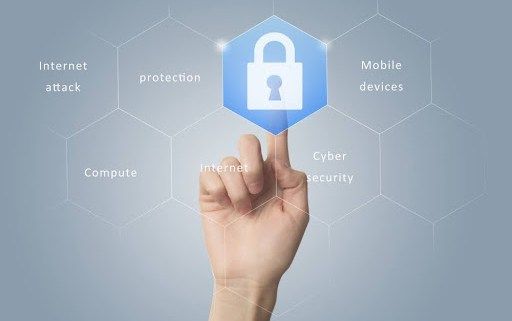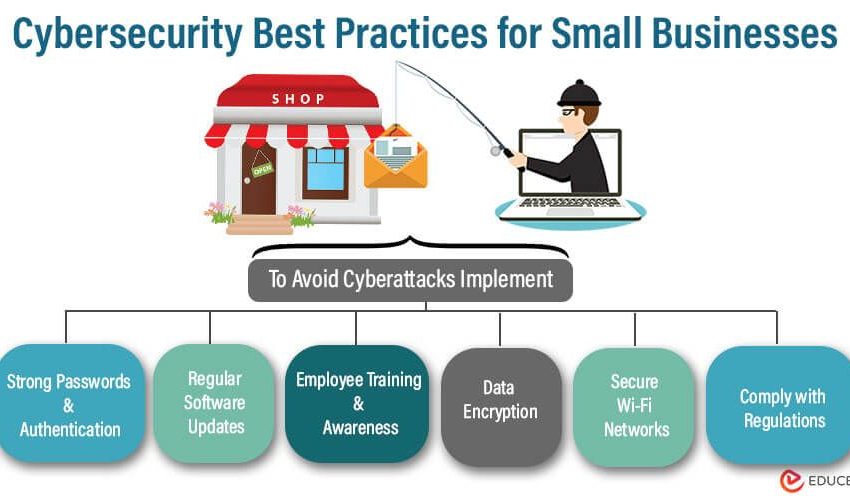The Importance of Multi-Factor Authentication in 2025
In this rapidly evolving digital landscape, cyber threats are becoming increasingly sophisticated, making it crucial for businesses and individuals to prioritize their security measures. One such security measure that has gained prominence in recent years is multi-factor authentication (MFA). MFA adds an extra layer of security by requiring users to provide multiple forms of verification before granting access to their accounts or devices. In this article, we will explore the importance of MFA in 2025 and why it is essential for protecting sensitive information.
Enhanced Security
With cyber-attacks on the rise, traditional password-based authentication methods are no longer enough to keep sensitive information safe. Hackers have become adept at cracking passwords, leading to an increased risk of unauthorized access to accounts and data. MFA addresses this vulnerability by requiring users to provide additional forms of verification, such as a fingerprint scan, facial recognition, or a one-time password sent to their mobile device. This extra layer of security significantly reduces the likelihood of unauthorized access, making it much harder for hackers to breach accounts.
Compliance Requirements
In 2025, regulatory bodies across the globe are tightening their data protection regulations, making it mandatory for businesses to implement robust security measures to safeguard sensitive information. Failure to comply with these regulations can result in severe financial penalties and damage to a company’s reputation. MFA is considered a best practice in data security and is often a requirement for businesses that handle sensitive data. By implementing MFA, organizations can demonstrate their commitment to maintaining high security standards and complying with regulatory requirements.
Remote Workforce
The shift towards remote work has accelerated in recent years, with more employees working outside the traditional office environment. While remote work offers flexibility and convenience, it also poses security risks, particularly when it comes to accessing corporate networks and sensitive information from unsecured locations. MFA provides a secure authentication method for remote workers, ensuring that only authorized individuals can access company resources. With the rise of remote work expected to continue in 2025, implementing MFA is essential for protecting corporate data from unauthorized access.
Phishing Protection
Phishing attacks remain a common threat in the digital realm, with hackers using deceptive tactics to trick individuals into revealing their login credentials. MFA acts as a safeguard against phishing attacks by requiring an additional form of verification, even if a hacker obtains a user’s password. This added layer of security makes it much harder for hackers to gain access to accounts through phishing attempts, reducing the risk of data breaches and unauthorized access to sensitive information.
User Experience
While security is paramount, user experience is also a critical consideration when implementing authentication measures. MFA strikes a balance between security and convenience by offering various authentication methods that cater to user preferences. Whether it’s a fingerprint scan, facial recognition, or a one-time password, users can choose the authentication method that works best for them. This flexibility enhances the user experience and encourages adoption of MFA, ultimately leading to improved security measures across the board.
Conclusion
In conclusion, the importance of multi-factor authentication in 2025 cannot be overstated. With cyber threats on the rise and regulatory requirements becoming more stringent, businesses and individuals must prioritize their security measures to protect sensitive information. MFA offers enhanced security, compliance with regulations, protection against phishing attacks, and a seamless user experience. As we look towards the future, implementing MFA will be essential for safeguarding data and maintaining high security standards in our increasingly digital world.


